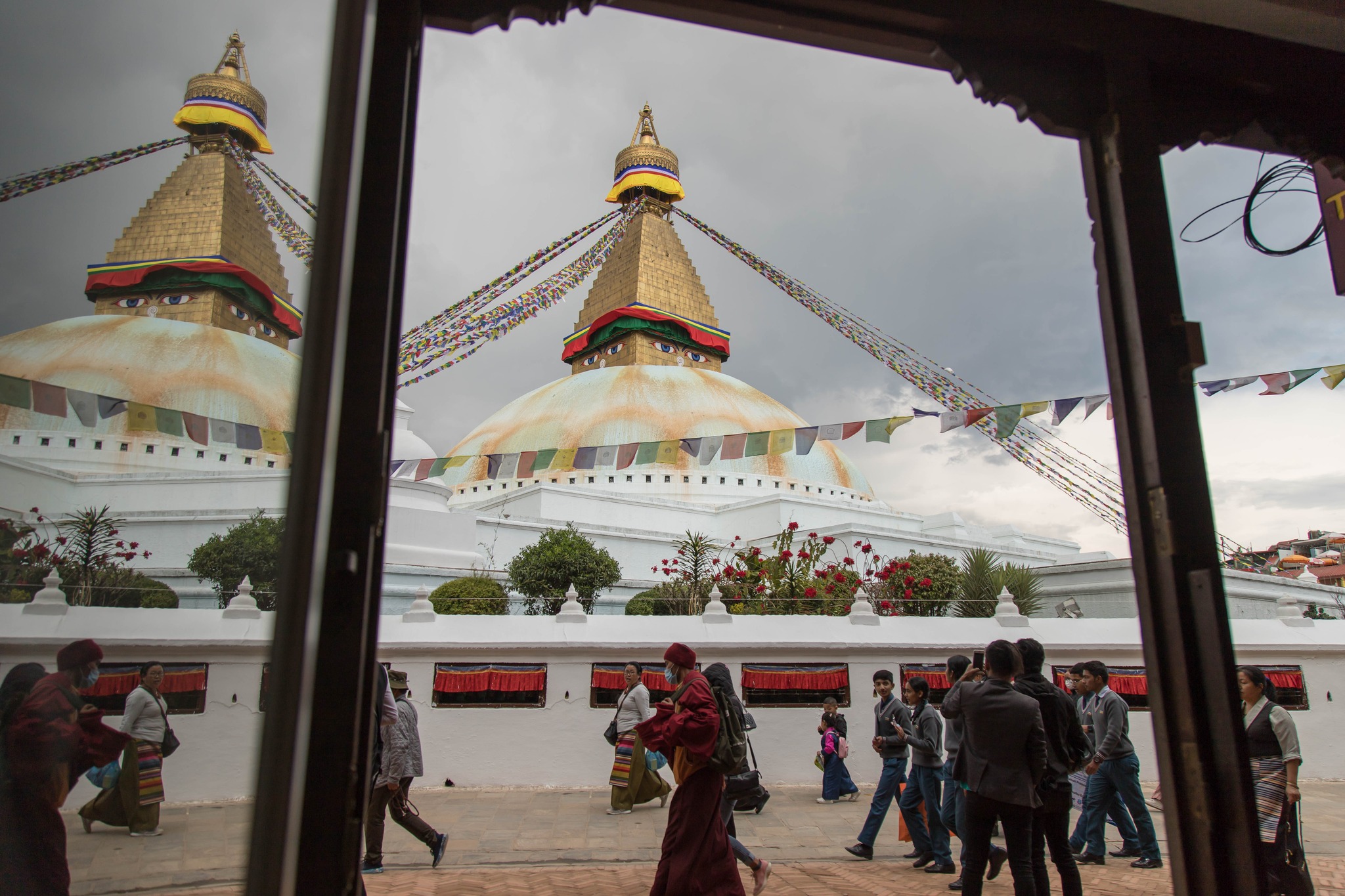
Why people circle the Boudhanath Stupa
Circling the Boudhanath Stupa is a deeply ingrained practice in Tibetan Buddhism, symbolizing the journey towards enlightenment. Devotees walk around the stupa, spinning prayer wheels and chanting mantras, to accumulate merit and purify negative karma. This ritual, known as “kora,” aligns with the belief that circumambulating sacred sites helps to harmonize the mind and spirit. The process of circling also serves as a meditative practice, fostering mindfulness and connection to the divine. Engaging in this practice not only honors the sacredness of the stupa but also connects practitioners to a broader spiritual community, reinforcing their faith and dedication.
The practice of circling the Boudhanath Stupa is rich with spiritual significance, deeply rooted in Tibetan Buddhist beliefs. Here’s an exploration of what people believe about this sacred ritual:
1. Accumulation of Merit
One of the central beliefs is that performing the kora, or circumambulation, accumulates merit. In Buddhism, merit is the positive force generated through virtuous actions. By walking around the stupa, practitioners believe they gain spiritual rewards that contribute to their progress on the path to enlightenment. This accumulated merit can also be dedicated to others, helping to alleviate their suffering.
2. Purification of Negative Karma
The act of circling the stupa is also seen as a way to purify negative karma. Negative karma, resulting from harmful actions or thoughts, is believed to hinder spiritual progress. By engaging in this ritual, practitioners seek to cleanse their past misdeeds and diminish their negative karmic influences.
3. Alignment with Cosmic Order
Walking clockwise around the stupa aligns with the natural flow of energy and the cosmic order. This direction is considered auspicious and in harmony with the universe, reflecting the right path of moral and spiritual conduct. This alignment is thought to ensure that one’s actions are in sync with the divine order and flow of positive energy.
4. Spiritual Connection and Mindfulness
The kora is a form of moving meditation. As practitioners walk, they focus on their breath, mantra recitations, and the sacredness of the stupa. This practice helps cultivate mindfulness, grounding practitioners in the present moment and deepening their spiritual connection. The repetitive nature of the ritual serves to center the mind and foster a state of calm and reflection.
5. Reverence for the Buddha and the Teachings
The stupa is a symbolic representation of the Buddha’s mind and enlightenment. Circumambulating the stupa is an act of reverence and devotion towards the Buddha and his teachings. It is a way for practitioners to honor the enlightened qualities embodied by the stupa and express their commitment to following the Buddha’s path.
6. Community and Shared Devotion
Participating in the kora often involves walking alongside others, creating a sense of communal engagement and shared spiritual practice. This collective participation reinforces a sense of belonging and strengthens the communal bonds within the Buddhist community.
7. Reflection on Impermanence
The continuous movement around the stupa serves as a reminder of the impermanence of life. The cyclical nature of the kora reflects the Buddhist understanding of the transient nature of existence and the importance of striving for spiritual growth amid change.
In essence, circling Boudhanath Stupa is not merely a physical act but a deeply spiritual practice. It embodies the core principles of Tibetan Buddhism, providing a means for personal transformation, collective worship, and a profound connection to the sacred.
